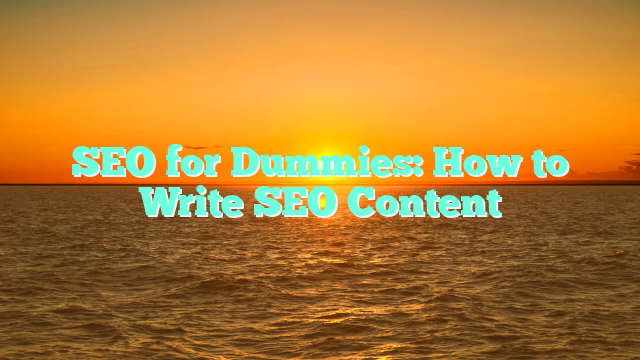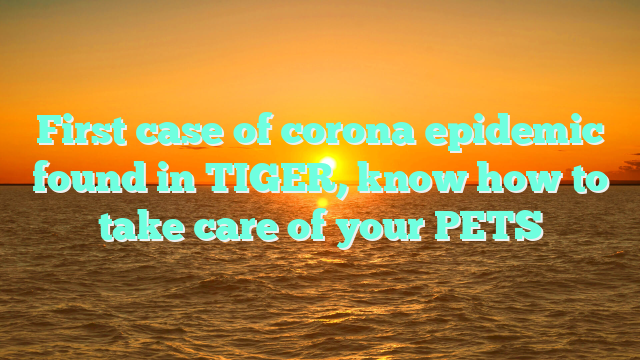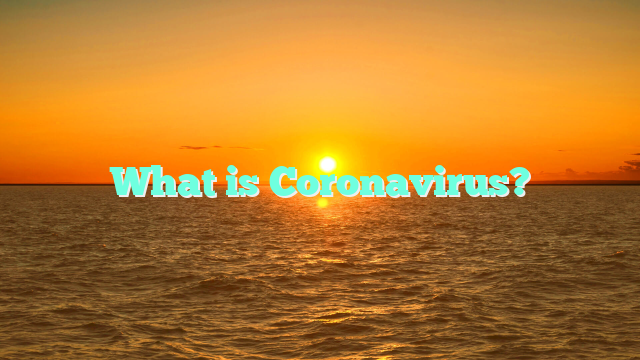SEO, from English Search Engine Optimization, is an English term that defines methods of optimization for search engines.
If a site is unknown and has no visitors, it is of little use. The objective of SEO is therefore to allow your site to make itself known on the web.
Thanks to our guide to reference your site, you will know everything to properly reference your site:
- The great notions of SEO
- The two phases of SEO
- 11 tips to improve your SEO
The great notions of SEO
Its technical definition states that SEO seeks to optimize the visibility of a website during the choices made by search engines in order to make it more popular.
This technique is based on several methods which all aim to provide maximum information to the content indexing robots which will then position a site higher in the search results of Internet users.
The goal is therefore, through keyword research, to appear at the highest in the search engine results.
How to know if a site is well referenced?
We consider that a site is well placed when it is on the first page of the search results, and at best in the first 5 places.
The two phases of SEO
1. The referencing phase
This step refers to all the work that is done to bring a site to the attention of Internet users.
It is defined as the relationship that is established between a website and a search engine. This connection is made by tools such as audits, text submissions, keyword research, etc.
2. The positioning phase
This is the performance aspect of SEO and the objective is to put in place the best possible actions to allow the site to arrive in the first results of the search engines.
Positioning, a real web strategy, must be monitored over time, it is not just a matter of a few months’ work.
In fact, once the positioning is in place and well done, it is important to constantly monitor the arrival of new competitors so as not to fall back into the bottom of the ranking. It is therefore necessary to anticipate any competition to maintain its place in the results.
To get a good positioning it is possible to launch Google Ads campaigns, but to limit costs it is strongly advised to work on its natural referencing.
11 tips to improve your SEO
Before getting to the heart of the matter, it is always a good idea to
analyze your SEO . You will be able to identify the points to improve and to do this, you can follow the following 11 tips:
- Offer quality content
- Write catchy titles
- Write often
- Avoid keyword buildup
- Optimizing images for SEO
- Structure its content
- Feed the meta description
- Optimizing the internal network
- Favor quality backlinks
- Have a site always available
- Apply URL rewrite
1. Offer quality content
To position web pages, Google first takes into account the quality of the content offered.
It is therefore essential to produce original and original content, that is to say that you must
avoid duplicate content. Any duplication is identified by the indexing robots and sanctioned.
Did you know?
To obtain 100% original content, you can go to
https://bestwebcontentwriterindia.blogspot.com/ . Our Copyscape anti-plagiarism service guarantees you authentic texts. You can even access the detailed CopyScape report each time you deliver text and check for duplicate content.
2. Write catchy headlines
The title is the catchphrase of the text, so it is essential.
It should reflect the subject of the article, but not be limited to a succession of keywords. It must therefore be extremely thoughtful, not too long (no more than 65 characters in general), but encourage the desire to read the text.
It is a part that you must absolutely treat because it is the first thing that the reader will see.
To write SEO-optimized titles, they must be catchy and contain keywords.
3. Write often
Regularity is essential since it will allow you to generate more traffic on your site. And a site with a lot of traffic is for Google a potentially interesting and quality site which means … that it will place it at the top of the search results.
To regularly animate your site, you should:
4. Avoid the accumulation of keywords
The use of keywords is important since this is what will allow visitors surfing on Google to reach your site.
However, it is not worth including all your keywords in the text, at the risk of making the reading heavy and difficult. This heavy accumulation could even harm you. Remember, your content must be quality.
It is good practice to include the main keywords in the beginning of the text (title and introduction) and to use semantics. Google considers that a text containing a rich vocabulary deserves to be ranked higher.
5. Optimizing images for SEO
Before even thinking about the referencing of your images you must take care of their quality since the visuals are a driving force to retain a reader on a site.
Also, be sure to choose free images if you choose free images using the Google Images Search Assistant for example.
Once your images have been chosen, you can look into their referencing. It is therefore necessary to know the different criteria used by search engines to reference images:
- The ALT attribute
- The Title attribute
- The name of the file
- The legend
- Image size
- Indexing
The ALT attribute
Contained in the <img> tag this attribute allows you to give a short description of your image.
This description will be visible to users if the image is not displayed correctly and allows Google to indicate the content of the image.
Error not to commit
Attention, even if the keywords of your ALT tag are taken into account for the referencing of the image, take care not to write a whole paragraph or a succession of keywords.
The Title attribute
The text of the Title attribute is not taken into account by Google but your visitors see it when they mouse over your image.
The name of the file
Naming your files well is useful first for your own organization but also for SEO.
How to properly name a file?
The name of your file must be short and composed of keywords separated by a draw. Attention, do not put special characters, nor of “_” and capital letters.
The legend
To help Google contextualize your image you can add a caption. This must describe your image without being identical to your ALT attribute.
Image size
The size of your image influences the referencing of your site because an image that is too heavy will take longer to load. And as you know, if the loading time of your page is too slow, it will have a negative impact on your positioning.
What is the ideal weight of an image?
Normally, your image should not exceed 200 KB.
Indexing
To increase your chances that someone will come across your images, you can index them using Google’s Image Sitemaps.
Please note, Google does not index continuously, so be patient!
To have an overview of the images on your site which are indexed or not by Google, you can simply do a search by typing “Site: your site .com” in Google images.
6. Structure its content
Structured content is content that will get better SEO.
To structure your text you must use the title tags <h1> </h1> then <h2> </h2>, or even then <h3> </h3> etc.
Note that the <h1> </h1> tag is of paramount importance because its content will be visible from Google and will encourage users to click on the link or not.
7. Feed the meta description
The meta description is a 240 character description of the content of your web page.
This is a very important part of optimizing your blog article for example, as it matches the text that appears under the title in the search results.
If this tag is left empty, Google will automatically insert the first lines of your text. We therefore advise you to build the text of this tag yourself in order to optimize it with keywords (sparingly of course).
8. Optimizing the internal network
For a better natural referencing, it is strongly advised to improve its internal mesh since Google is more and more vigilant with the quality of navigation of a website. It then searches for the relevant navigation links.
What is internal mesh?
In web marketing, the internal network defines all the links connecting the different pages of the same site to each other. This practice, intended to improve navigation within a site and therefore the user experience, is also part of good SEO optimization practices.
An effective internal network therefore allows search engines to access certain less visible pages of a website, and also demonstrates to them the consistency and complementarity of the different pages of a site, a guarantee of the quality of the latter.
To obtain a quality internal network, you must focus on:
- The coherence of the links
- The position of the links
- The anchor of the bond
- Quality, not quantity
The coherence of the links
An effective and credible internal network for the search engines contains coherent links with landing pages which bring real added value to the Internet user.
It is therefore preferable to link together pages with a common theme to allow smooth and logical navigation.
The position of the links
Links placed at the fold are more powerful in terms of SEO optimization since there is no need to scroll to see them appear. They are also more visible to search engines.
Our advice
You can use breadcrumb to effectively position internal links in this waterline
The anchor of the bond
The anchor of the link is the word or phrase to which the link is applied. It usually appears in a different color from the rest of the text content in order to clearly identify it.
In order not to disappoint your visitors and to have a quality navigation, the words chosen to define the anchor of the link must correspond to the content of the landing page.
If possible, insert keywords inside an anchor, but beware these must be relevant to the destination content to add value to your SEO optimization.
Our advice
- Avoid generalist anchors and do not provide any indication as to the targeted content, such as:Click here
- Find out more
- More details
- Etc…
Again, watch out for over-optimization. Anchors placed regularly on the same expressions, often pointing to the same web page, will no longer be considered natural by search engines and can be damaging to your SEO.
Quality, not quantity
The purpose of internal mesh is not to add a large amount of links to a web page, but to add internal links that add value to the quality of your content.
For example, a blog article comprising only 2 or 3 correctly positioned links, pointing to a coherent content bringing useful information to the reader will be more effective in terms of SEO, than a blog article proposing a link every 10 words which n ‘ultimately does not add much to the content.
This kind of practice can also be seen as SEO over-optimization by the search engines and therefore be penalizing.
9. Favor quality backlinks
We have just seen that internal links are important for the good referencing of your site.
But there are also external links, also called backlinks, which allow visitors who click on a keyword to go directly to another site. Google uses these backlinks to order websites.
The rule is then simple: the more quality external links you make, the better your positioning.
It is also worth getting backlinks from other sites .
10. Have a site always available
It seems logical but if your site is temporarily unavailable or if it is often, it becomes problematic for your visitors.
This is also the case for the Google indexing robot, which can lower your positioning if it falls too often on 404 error pages, if the server blocks access or if the page takes too long to charge.
It is therefore important to regularly check the availability of your site.
11. Apply URL rewrite
If you use WordPress for example, a URL for your page or article is automatically generated.
If this URL is too complicated, for example, an encrypted code, the user will necessarily have trouble finding it.
We recommend that you have a simple URL, including your domain name, followed by keywords separated by dashes.
Whatsapp +918591191150
















































